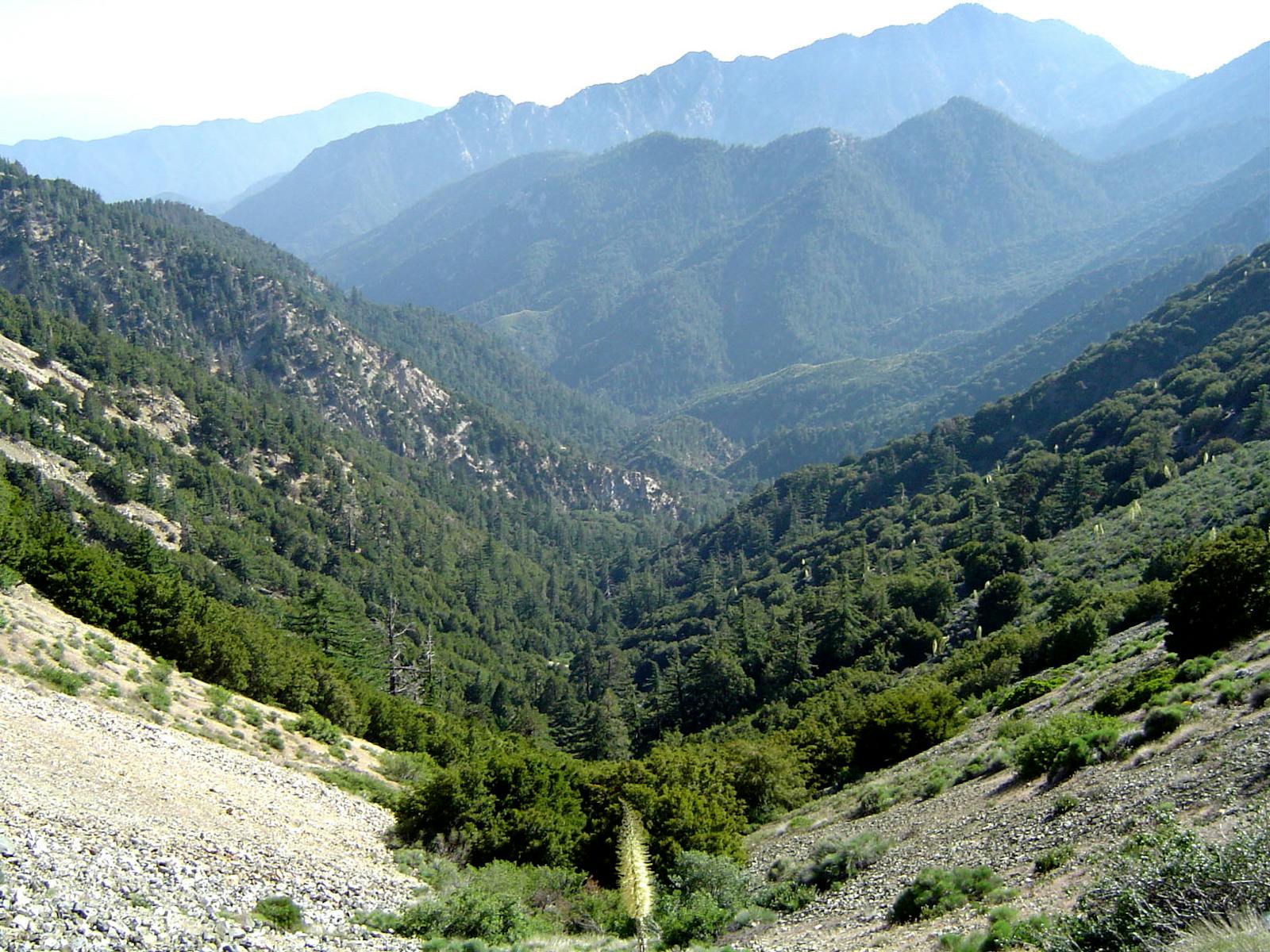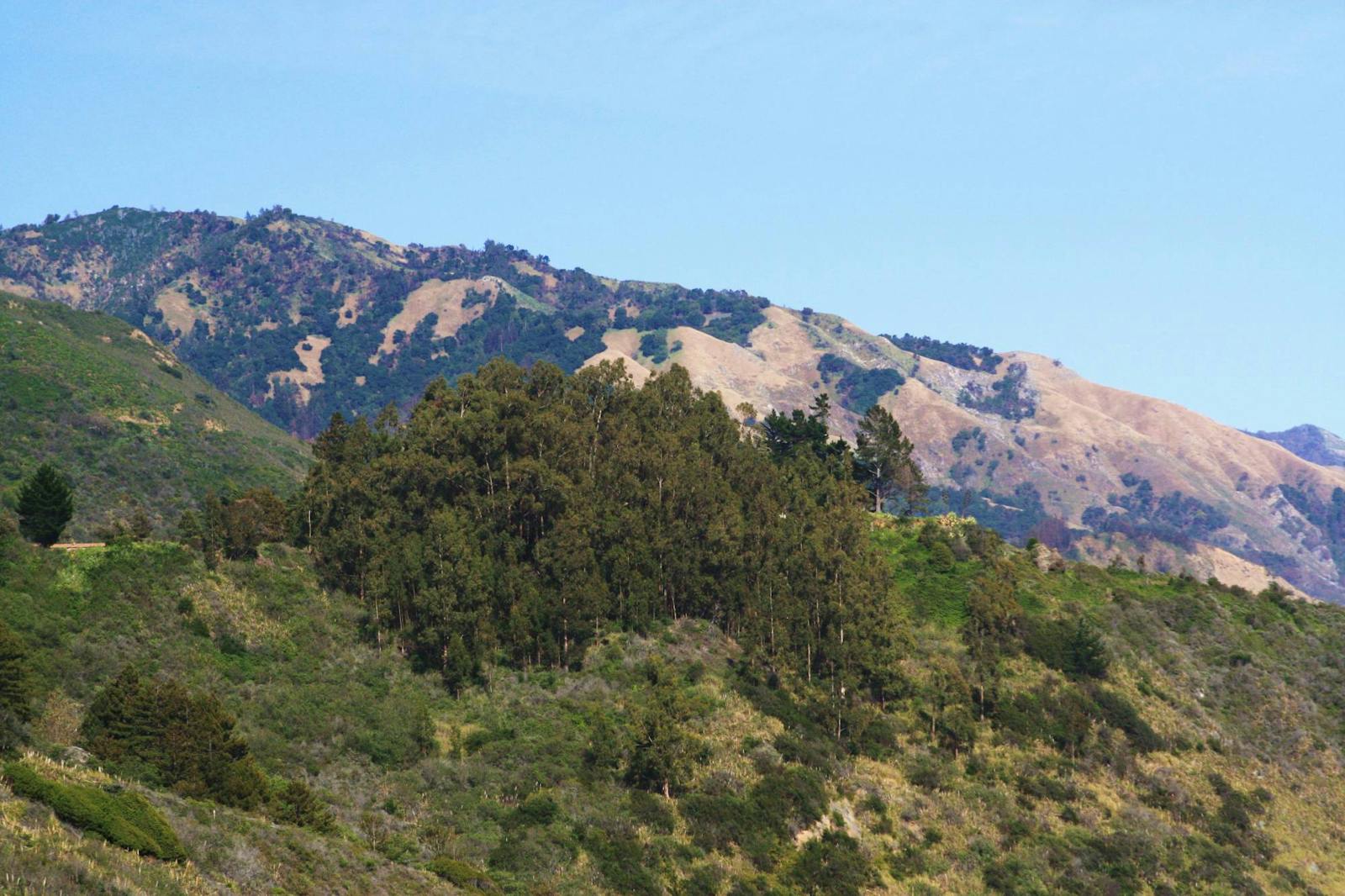Santa Lucia Montane Chaparral and Woodlands
The ecoregion’s land area is provided in units of 1,000 hectares. The conservation target is the Global Safety Net (GSN1) area for the given ecoregion. The protection level indicates the percentage of the GSN goal that is currently protected on a scale of 0-10. N/A means data is not available at this time.
Bioregion: Greater California (NA31)
Realm: Northern America
Subrealm: Northeast American Forests
Ecoregion Size (1000 ha):
472
Ecoregion ID:
425
Conservation Target:
62%
Protection Level:
4
States: United States: CA, OR
The Santa Lucia Montane Chaparral and Woodlands ecoregion is a small region bordering the Pacific Ocean in the Santa Lucia Mountains and vicinity, part of the Southern Coast Ranges of California. The ecoregion extends from the Monterey Peninsula on the southern end of Monterey Bay, southward though the rugged Big Sur region to the area west of Templeton.
.jpg)
The flagship species of the Santa Lucia Montane Chaparral and Woodlands ecoregion is the Santa Lucia Fir (Abies bracteata). Image credit: Silversyrpher, CC by 2.0
The Santa Lucia Range reaches 1,784 m in elevation (Junipero Serra Peak) and also has the highest peak in the 40 conterminous states in close proximity to the ocean—the 1,572 m Cone Peak, just 5 km from the coast. In addition to mountains and coastal habitats, significant valleys such as the Carmel Valley occur in this ecoregion. This ecoregion was formerly considered part of the California Montane Chaparral and Woodlands ecoregion but was split off because of its unique ecological qualities. These qualities include the southernmost native stands of the coast redwood, as well as the presence of several notable endemic species.
The climate of this ecoregion is Mediterranean, ranging from cool summers near the coast to warm summers inland. Winters are mild to cool. The western slopes of the mountains along the Pacific Ocean are moist and support forest vegetation. In Monterey, on the northwestern coast of the ecoregion, summers are often cool and foggy. Average high temperatures are 21°C in summer and 14°C in winter. The average annual precipitation is 536 mm, with most of it falling between October and April.
In contrast, Lake Naciamento, in the southern interior of the ecoregion, has summer high temperatures averaging 36°C, winter average high temperatures averaging 16°C, and 380 mm average annual precipitation. Coastal areas of the ecoregion have rare coastal terrace prairies as well as forests of coast redwood, Douglas-fir, ponderosa pine, Monterey pine, and the endemic trees Santa Lucia fir, Gowen cypress, and Monterey cypress.
The Santa Lucia fir, also known as bristlecone fir, is the rarest and most narrowly distributed fir in North America and perhaps the world. It is an ancient paleoendemic species, probably more widely distributed in the past but now restricted to steep-sided slopes and rocky canyon bottoms in the Santa Lucia Range, where it is usually safe from fire. The Gowen cypress and Monterey cypress are restricted to the northern part of the range on the Monterey peninsula.
-Image-credit-Dalveniah-on-Flickr-cc-by-sa-2.0.jpg)
Monterey pine (Pinus radiata). Image credit: dalvenjah on Flickr, CC by SA 2.0
The native range of the Monterey pine occurs almost solely within this ecoregion but also on Guadalupe Island and Cedros Island, both off the Pacific coast of Baja California. More inland, especially on the drier eastern slopes of the Santa Lucia Range, the vegetation is primarily chaparral and oak woodlands, with major oak species including blue oak, valley oak, coast live oak, interior live oak, and canyon live oak.
Rare and vulnerable amphibians of this ecoregion include western toad, yellow-legged frog, California red-legged frog, California tiger salamander, and western pond turtle. Mammals include many species of bats and rodents, as well as puma, bobcat, coyote, ringtail, badger, western spotted skunk, and black-tailed deer.
Characteristic birds include red-shouldered hawk, red-tailed hawk, California quail, mountain quail, great horned owl, Anna’s hummingbird, acorn woodpecker, ash-throated flycatcher, Steller’s jay, Hutton’s vireo, warbling vireo, oak titmouse, bushtit, Bewick’s wren, wrentit, western bluebird, hermit thrush, western tanager, black-headed grosbeak, and California towhee.
Some 49% of the ecoregion is intact, including 27% within protected areas and 22% outside protected areas. Rural residential development is a major threat to this ecoregion.
Priority conservation actions for the next decade:
- Expand the network of protected areas to better represent all natural communities and capture all populations of endemic species.
- Improve management of existing protected areas by emphasizing the most imperiled species and natural communities and their threats.
- Control or eradicate invasive non-native species.
-
-
1. Ricketts, T.H. et al. 1999. Terrestrial Ecoregions of North America: A Conservation Assessment. Island Press, Washington, D.C.
2. Santa Lucia Range. https://en.wikipedia.org/wiki/Santa_Lucia_Range
3. Hastings Natural History Reservation. http://hastingsreserve.org -
Cite this page: Santa Lucia Montane Chaparral and Woodlands . Ecoregion Snapshots: Descriptive Abstracts of the Terrestrial Ecoregions of the World, 2021. Developed by One Earth and RESOLVE. https://www.oneearth.org/ecoregions/santa-lucia-montane-chaparral-and-woodlands/
-




